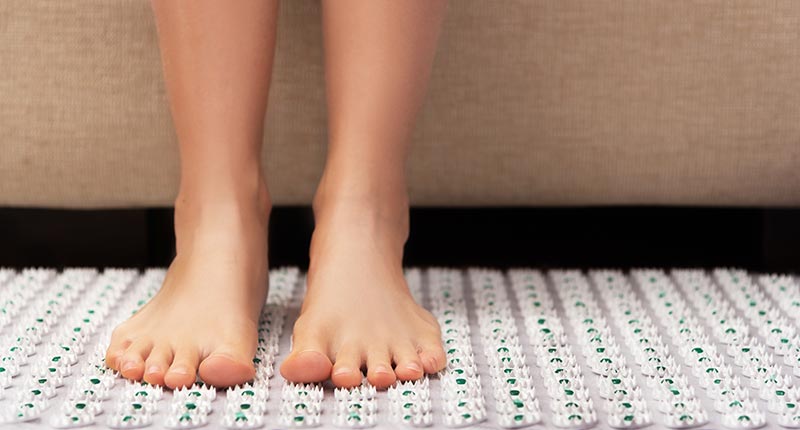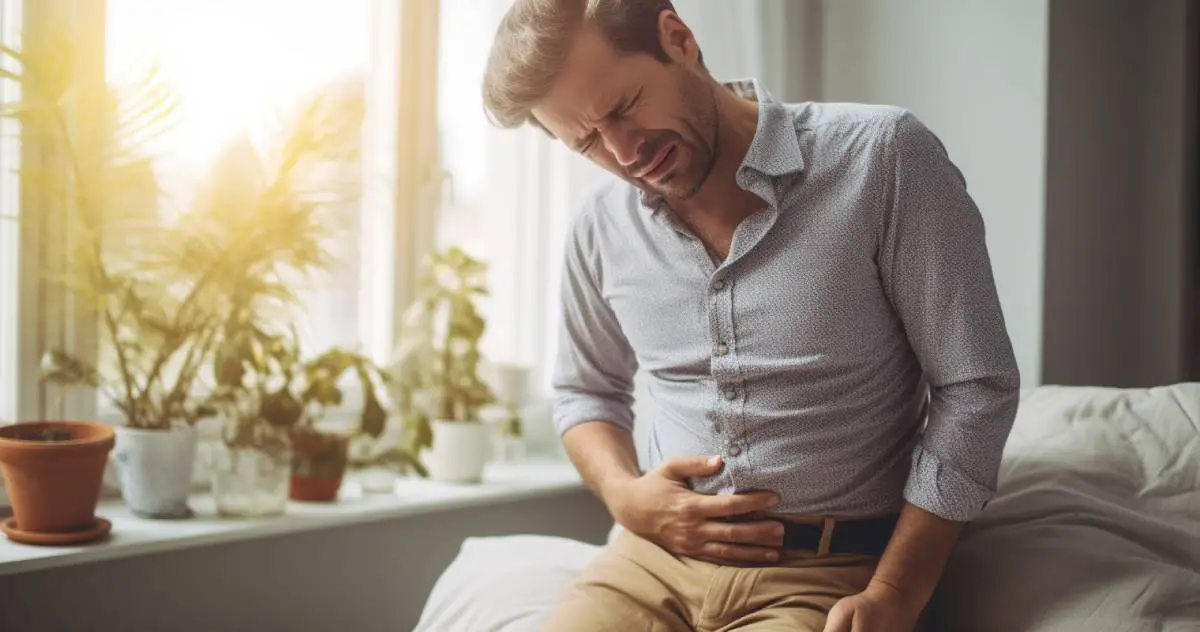Where Are the Pressure Points for Neck Pain?
If you’re struggling with neck discomfort, you’re not alone. Many people turn to various forms of relief, and one of the most ancient and effective methods is acupressure. Acupressure involves applying pressure to specific points on the body to alleviate pain and improve overall well-being. This article will delve into the most effective acupressure points for neck pain that you can quickly treat on your own. But first, let’s take a quick glance at the key acupressure points you should know.
| Acupoint Name | Other Names | Location | Primary Benefits |
|---|---|---|---|
| SI-14 | Jian Wai Shu/Outer Shoulder Transporter | 3 cun lateral to the lower border of the spinous process of T1 | Treats stiff neck and shoulder pain, stimulates the autonomic nervous system |
| LU-1 | Zhong Fu/Middle Palace | Just under the collarbone | Effective for neck, shoulder, and back pain; supports the lungs |
| LI-10 | Shou San Li/Arm Three Miles | Three fingers below the elbow fold when flexed | Relieves general body pain, including neck pain |
| GB-20 | Feng Chi/Wind Pool | Hollow areas underneath the base of the skull | Effective for stiff neck, headaches, and shoulder pain |
| GB-21 | Jian Jing/Shoulder Well | Between the shoulder tip and spinal column | Treats neck pain, neck stiffness, and shoulder pain |
| BL-43 | Gao Huang Shu/Vital Region Shu | 3 cun to both sides of the fourth thoracic vertebra spinous process | Helps with neck, shoulder, and back pain; boosts immune system |
This table provides a quick overview of the effective acupressure points for treating neck pain. For a more detailed explanation and how-to guide, continue reading the article.
Acupoint: SI-14 (Other Names: Small Intestine-14/Jian Wai Shu/Outer Shoulder Transporter)

SI-14, also known as “jianwaishu” or “outer shoulder transporter”, is located 3 cun lateral to the lower border of the spinous process of T1. This point explicitly treats stiff neck and shoulder pain. Research has also found that it plays a role in stimulating the autonomic nervous system.
Here are the steps to locate SI-14 according to Ms Mai, a TCM therapist:
- Step 1: Stand or sit up straight to make it easier to find the point.
- Step 2: Start by locating the seventh cervical vertebra (C7), which is the most prominent bone you’ll feel at the back of your neck when you lower or tilt your head downwards.
- Step 3: The vertebra just below C7, which is also protruding, is the first thoracic vertebra (T1).
- Step 4: From T1, move about four fingers’ width outward. Ms Mai suggests that you may notice a slight depression when you slide your fingers outward. However, it’s important to note that some individuals, especially those with more body fat, may not feel this depression.
- Step 5: You’ve successfully located SI-14.
Acupoint: LU-1 (Other Names: Lung-1/Zhong Fu/Middle Palace)
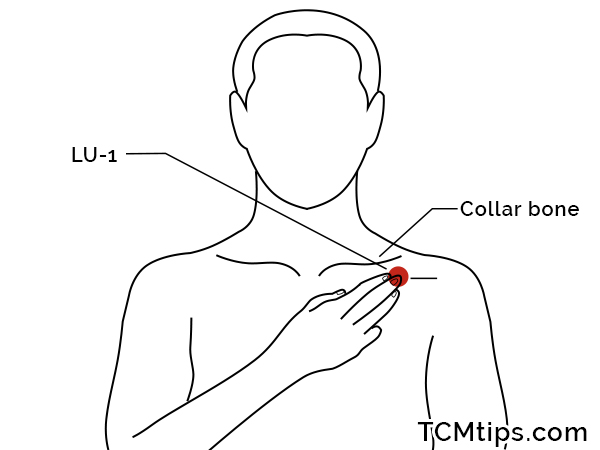
LU-1, also known as “zhongfu” or “middle assembly”, is located just under the collarbone. It is effective for treating neck, shoulder, and back pain. However, this point is mainly known for treating diseases such as asthma or tuberculosis because it supports the lungs. It can also be targeted to strengthen the immune system and heal emotional trauma.
Here are the steps to locate LU-1:
- Step 1: Stand or sit up straight to make it easier to find the point.
- Step 2: Locate your collarbone, which is the horizontal bone running across the top of your chest, just below your neck.
- Step 3: Run your fingers along the underside of the collarbone, starting from the center of your chest.
- Step 4: Stop just below the collarbone, near the shoulder joint.
- Step 5: You’ve successfully located LU-1.
Acupoint: LI-10 (Other Names: Large Intestine-10/Shou San Li/Arm Three Miles)
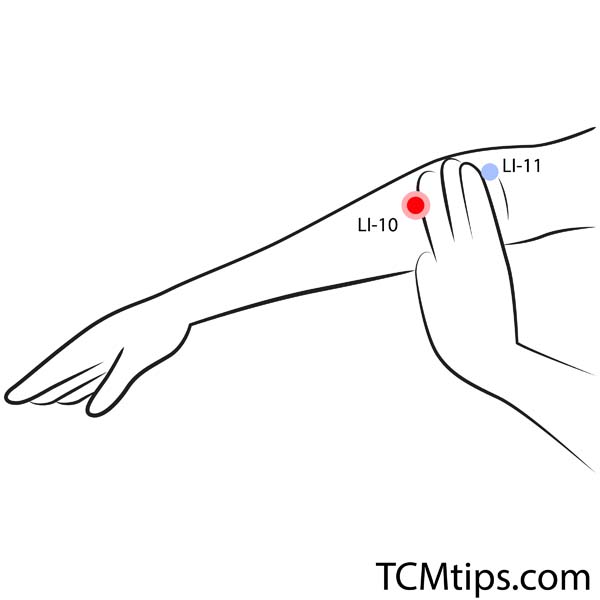
LI-10, also known as “shousanli” or “arm three miles”, is located about three fingers below the elbow fold if you flex the elbow. This point helps relieve general pain, such as neck pain. It can be used as acupressure for tennis elbow and is also an acupressure point for carpal tunnel. Practitioners often use it to relieve pain caused by incorrect needling techniques. Otherwise, the majority of its benefits are related to the digestive system.
Acupoint: GB-20 (Other Names: Gallbladder-20/Feng Chi/Wind Pool)
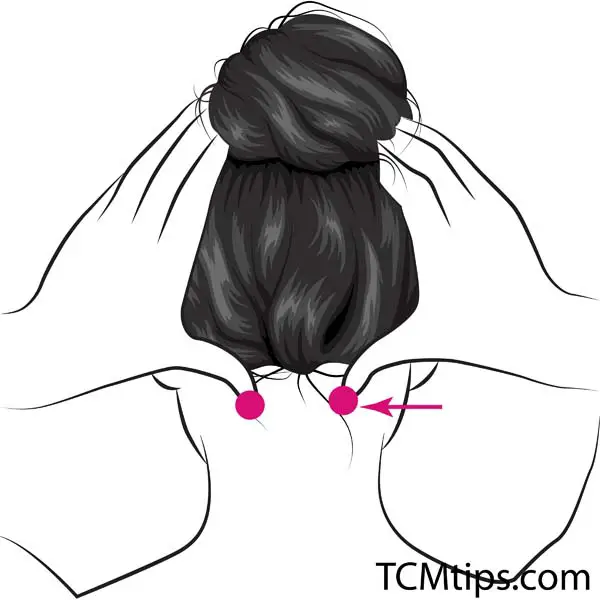
Gb-20, also known as “fengchi” or “wind pool” is located in the hollow areas underneath the base of your skull. This is a great point to treat, especially if you have shoulder pain, but it is equally effective for stiff neck and headaches. It is also recommended for migraines and eye fatigue and is commonly used in acupuncture for jaw pain. Successful acupuncture studies have shown that when Gb-20 is treated with other acupoints, it can significantly help with migraines and dry eyes.
Acupoint: GB-21 (Other Names: Gallbladder-21/Jian Jing/Shoulder Well)
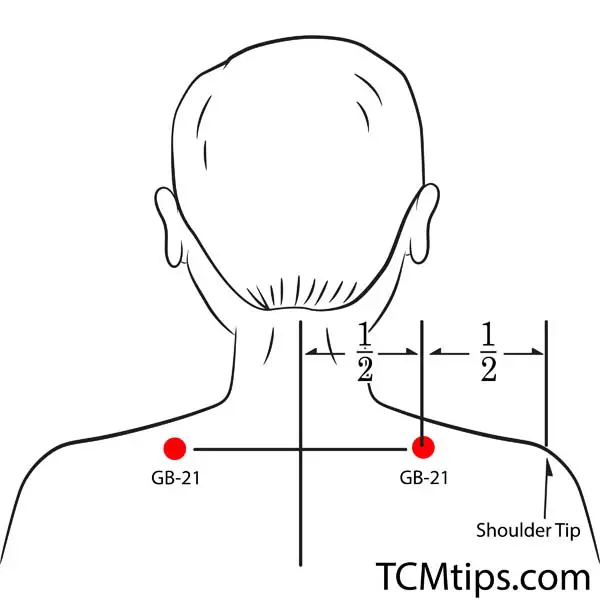
Gb-21, also known as “jianjing” or “shoulder well”, is located on the shoulder between the shoulder tip and spinal column. It is usually used to treat neck pain, neck stiffness, and shoulder pain. Research has shown that it can help relieve chronic headaches and myofascial pain in the upper trapezius muscle. Gb-21 also helps with eye strain, back pain, anxiety, bruxism, and toothaches. Don’t use this point if you are pregnant because it might induce labor.
Acupoint: Bl-43 (Other Names: Urinary Bladder-43/Gao Huang Shu/Vital Region Shu)

Bl-43, also known as “gaohuangshu” or “vital region shu”, is located 3 cun to both sides of the fourth thoracic vertebra spinous process. The main indications for this point include asthma, cough, tuberculosis, and other lung ailments. However, it also helps with neck, shoulder, and back pain. You can also treat this point if you want to lose weight and boost your immune system.
Here are the steps to locate BL-43:
- Step 1: Stand or sit up straight to quickly identify landmarks on your back.
- Step 2: Use your hands to feel for the middle of your shoulder blades on your upper back.
- Step 3: Locate the bony bump on your spine that aligns with the middle of your shoulder blades.
- Step 4: Move your fingers about four finger-widths away from the spine on either side of this bony bump.
- Step 5: The point you’ve reached is BL-43.
How To Stimulate The Neck Pain Acupressure Point

Acupressure for neck pain is so straightforward that you can easily perform it on yourself, wherever you may be. Now that we’ve covered the key neck pain relief acupressure points. Let’s discuss how to stimulate them effectively.
Step #1: Position yourself in a comfortable area
Find an area where you can sit or lie down comfortably to perform acupressure on yourself. Ideally, this would also be a quiet area that will help you relax to get the most out of your self-treatment.
Step #2: Gently apply pressure to acupoints
Once you have located your desired acupoint, gently and firmly massage the area. You can do so in circular or up-and-down motions. Continue to do this for each point.
Step #3: Rinse and repeat
If you feel relief after performing this treatment, please continue doing it throughout the day and as part of your daily regimen. You can do it as many times as you want.
Step #4 (Optional): Massage with a hard object
For further relief, you can consider performing acupressure with a hard object, such as a tennis ball. You would still do it as you usually would, as described in step 2, but with an object in hand.
Be careful not to work on any open injuries or abnormalities in the skin, as these can be particularly sensitive to manipulation. If you feel a lot of pain or soreness while performing acupressure for neck pain, stop immediately.
Use Can Acupressure Help With Neck Pain?
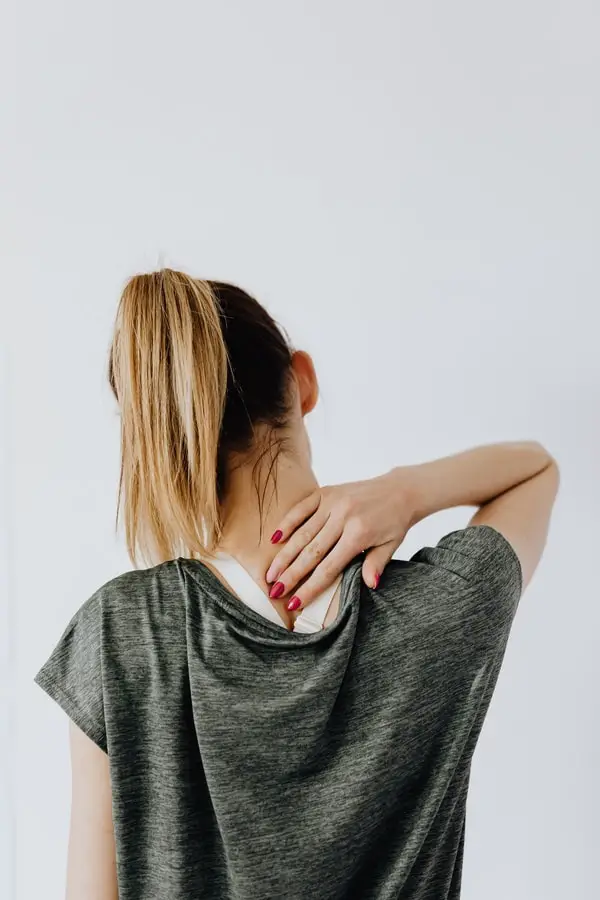
On the other hand, acupressure relies on applying firm pressure rather than needles to stimulate the same acupoints. The best thing about acupressure is that anyone can do it. Other than being careful, no specific experience is needed to treat oneself with acupressure. It is similar to giving yourself a massage but with more targeted treatment and a particular end goal. Some evidence has shown that acupressure for neck pain effectively reduces pain. However, most research is still inconclusive. You can still try this treatment at home with virtually no risk.
Signs It’s Time to Consult a Healthcare Professional
Ms Mai, a TCM therapist, provides valuable insights on when it’s crucial to seek medical care instead of relying solely on acupressure. She emphasizes the following points:
- If someone is in a condition similar to whiplash due to an accident or impact, it’s advisable to avoid acupressure as inflammation is likely to be severe.
- The neck is a sensitive area that can react with fatigue or muscle soreness if stimulated excessively. Exercise caution and moderation when applying any form of treatment or pressure to the neck.
Ms Mai also advises to seek a healthcare professional’s advice if you experience any of the following:
- Fever, which could indicate a suspected infection.
- Long-term use of steroids, as this could lead to suspected infection or fracture.
- Pain not limited to the neck but affecting other joints, possibly indicating a collagen disease like rheumatoid arthritis.
- Unexplained weight loss accompanying the symptoms, which could be a sign of potential malignancy.
- Lack of improvement despite trying various treatments, as this might indicate an underlying condition.
Does A Hot Shower Help Neck Pain?
A hot shower can definitely help with neck pain. Not only does the force of the water soothe the soreness in your neck, but the warm temperature helps to relax the muscles and increase blood circulation. You should first use warm water for a few minutes, then switch to cold water for a minute or two. You can continue to alternate between the two water temperatures if needed. The reason for this is that keeping your neck under hot water for too long can cause the inflammation to worsen. The cold water keeps the inflammation in line while helping promote healing. This same treatment can be done using hot and cold compresses outside the shower.
Related Article
Pressure points to relieve neck tension – After learning about the effective acupressure points for neck pain, you’ll find exploring additional techniques that focus on neck and shoulder tension valuable. The following article offers a broader scope, covering points that alleviate neck discomfort and tackle shoulder issues. It’s a natural next step for those looking to manage upper body tension holistically.
Acupuncture pen for stiff neck – If you’ve found relief through acupressure points for neck pain, you’ll want to explore the convenience of using an acupuncture pen. This tool offers a targeted approach to alleviating stiffness and muscle tension in the neck. Learn how to use it effectively to enhance your daily well-being. This is your next step in embracing a pain-free lifestyle.
Discover acupressure points for neck pain and headaches – If you’ve found relief from neck pain through acupressure, why stop there? Expand your self-care toolkit by learning how to tackle tension-type headaches as well. This next read offers a comprehensive guide to acupressure points that not only alleviate neck discomfort but also address headaches. A must-read for anyone looking to enhance their well-being through Traditional Chinese Medicine.
 P. Sze
P. Sze 




